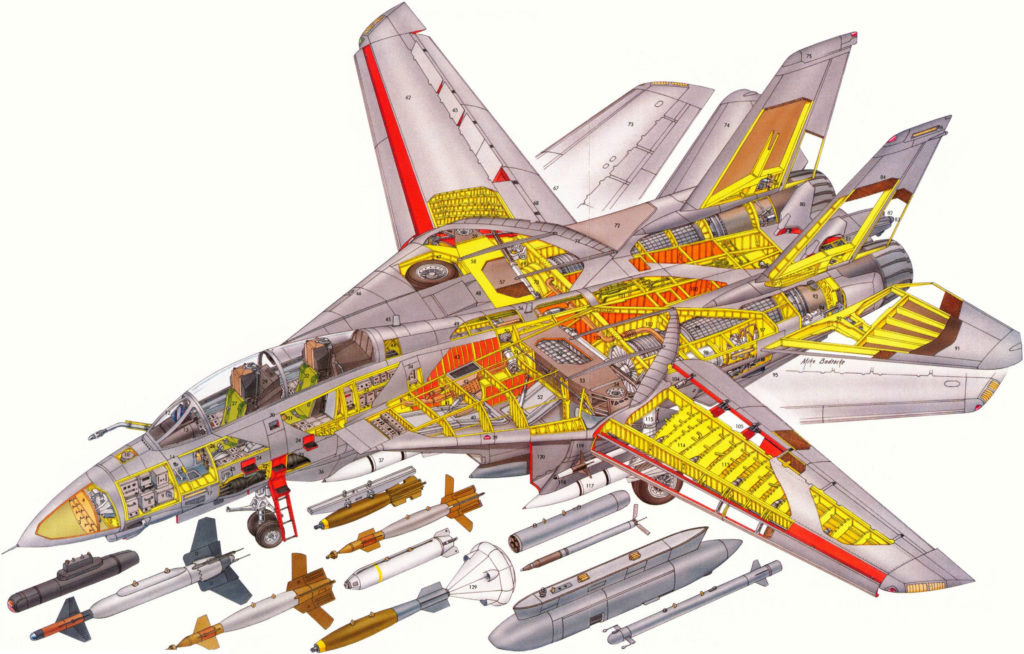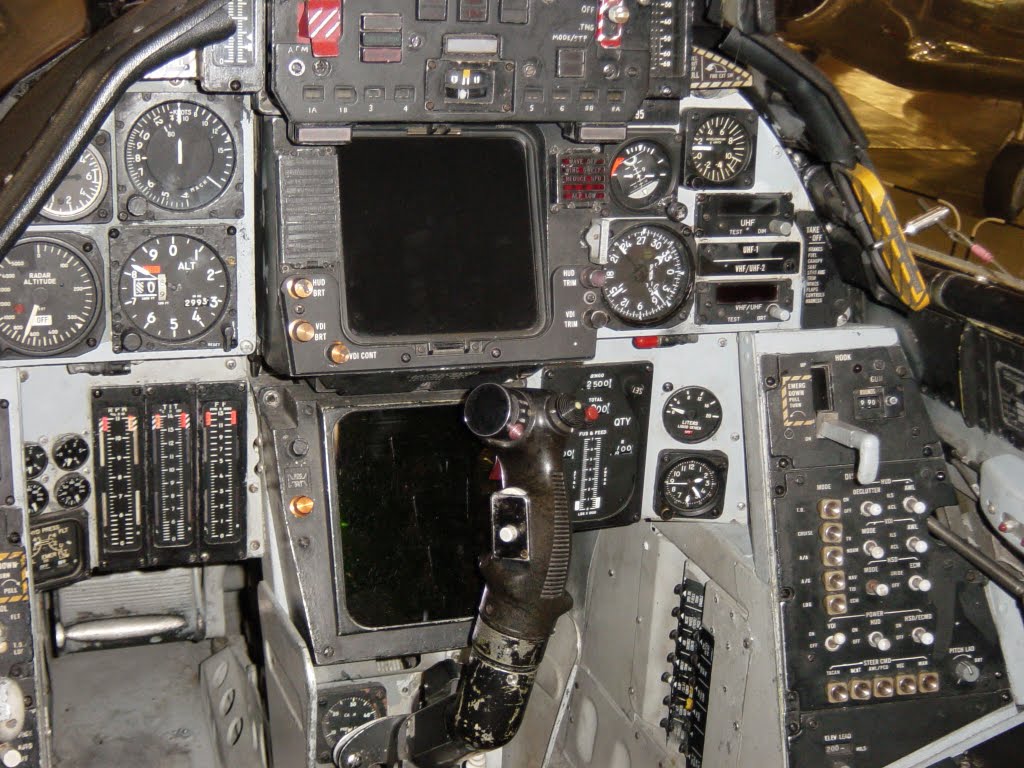
The last flight of the F-14 Tomcat in US service took place October 4, 2006, with the final flight retirement ceremony on September 21, 2006. VF-31 will be safe for flight in April 2007, making it the last official Tomcat squadron in the Navy. VF-31 pilots who were making the transition began F/A-18E (single seat) training in October 2006. The squadron is operational, or “safe for flight,” as of September 2006. VF-213 pilots and radar interception officers who have made the transition to the Super Hornet continued F/A-18F (double seat) training as of April 2006. On March 10, 2006, the 22 planes from these squadrons flew in formation into Naval Air Station Oceana, home from the last combat deployment of the F-14. During their final deployment with the USS Theodore Roosevelt, VF-31 and VF-213 collectively completed 1,163 combat sorties totaling 6,876 flight hours, and dropped 9,500 pounds of ordnance during reconnaissance, surveillance, and close air support missions in support of Operation Iraqi Freedom. An F-14D from VF-213, the aircraft originally slated to come to Prairie Aviation Museum, was the last F-14 to land on an aircraft carrier after a combat mission it was piloted by Capt. The plane was part of VF-31 and the last pilot credited with a bomb drop in combat was Lt. The last F-14 combat mission was completed on February 8, 2006, when a pair of Tomcats landed aboard the USS Theodore Roosevelt after one dropped a bomb in Iraq. It was slated to remain in service through at least 2008, but all F-14A and F-14B airframes have already been retired, and the last two squadrons, the VF-31 Tomcatters and the VF-213 Black Lions, both flying the “D” models, arrived for their last fly-in at Naval Air Station Oceana on March 10, 2006. The F-14 has completed its decommissioning from the U.S.

As of 2006, only the Islamic Republic of Iran Air Force still flies the aircraft. Navy fleet on 22 September 2006, having been replaced by the F/A-18E/F Super Hornet. It entered service in 1972 with the Navy, replacing the F-4 Phantom II. It was later exported to the Imperial Iranian Air Force in 1976. It was developed after the collapse of the F-111B project, and was the first of the American teen-series fighters which were designed incorporating the experience of air combat in Vietnam against Migs. It later performed precision bombing in close air support roles.

During its active service in the United States Navy (1972-2006) the F-14 Tomcat was the Navy’s primary air superiority fighter and tactical reconnaissance platform. The Grumman F-14 Tomcat is a supersonic, twin-engine, two-seat, variable geometry wing aircraft.


 0 kommentar(er)
0 kommentar(er)
